Get your groove back
Have you ever found yourself in a photographic rut, feeling uninspired to go out and shoot? Most of us have – it’s a frustratingly easy place to end up. So what’s the best way to reclaim your inspiration when ‘photography block’ strikes? Through self discipline, which can be a breath of fresh air at a time when memory cards are large enough to feel limitless and social feeds provide an endless stream to flip through.
What follows are 10 tips to help you not only feel refreshed in your photography, but to stay inspired to go out and shoot. Think of these tips as a workout routine to lead you toward a healthier creative state. They are meant to supplement your photographic goals, not replace them, and they’re geared towards nurturing the skill sets that will help make you a stronger photographer. Get ready to get disciplined!
All photos by Dan Bracaglia unless otherwise credited
Switch up your medium from time to time
If you primarily shoot digital, try your hands at film. Or if you only shoot film, try digital. Why? Because the inherent nature of both mediums offer separate benefits that will help you to improve your photography. Digital gives instant feedback, which is useful for honing technical skills as well as better understanding the behavior of your gear, while film teaches us to take our time and be decisive.
These are two very different skill sets that when practiced together, create a well-balanced photographer.
Try shooting in green square mode
Take your beloved digital camera and throw it in ‘green square’ mode or whatever other fully automatic mode is offered. This will force you to work around the camera’s chosen parameters which in turn will force you to think outside the box and get creative.
It will also teach you a little bit more about how your camera behaves when it’s left to make its own decisions. Understanding the default behavior of your camera is important, even if you mostly shoot full manual.
Limit your memory card size
Want to simulate the limitations of the film era without the actual hassle of shooting film? Grab some 1GB memory cards. Depending on how you shoot (and what you’re shooting with) you’ll get a pretty limited amount of shots per card (a 1GB card in my personal camera is about 30 images). This will help you to be more decisive and intentional with your shots.
For an even more difficult challenge, disallow yourself from viewing images in playback, or deleting files. Just shoot, and swap your card for a fresh one when it’s full.
Shoot with a prime
We’ve all heard the phrase ‘zoom with your feet,’ and as hackneyed as it sounds, this is still some of the best photography advice there is. Shooting a single focal length forces you to move around more, which in turn opens up new compositional paths. But that isn’t the only benefit. You also generally have the advantage of shooting with a lighter, less obtrusive lens, compared to a zoom (there are of course large, heavy primes).
Fixed lens compacts, like the Fujifilm X100 series, Ricoh GR series and Sony RX1 series are great carry-everywhere cameras that will also force you to zoom with your feet.
Consider a disposable
Hey, did you know disposable cameras still exist? They’ve survived the dawn and maturing of the digital area and can still be found at many local corner stores (in the US, at least). So why on Earth would you shoot one? Because they are the perfect tool for living in the moment, while still being a photographer. With a disposable, neither framing nor exposure are precise arts, so there’s no need to put a lot of effort into either. The only thing you, the shooter can truly control is moment the shutter is snapped, the general direction of the camera and whether the flash fires.
Disposables also do a surprisingly good job at close distances, balancing flash with ambient light. And they’re the perfect companion for a rowdy night with friends (a time when some of the best/worst images get taken), while your expensive gear stays home, safe and sound.
Keep a camera on you, always
You’re a photographer – act like one. Whenever you got out, whether its to the store, the doctor or the circus, bring a camera, any camera! Because inspiration plays by its own rules, but you can beat it at its own game by always having a camera on you.
Point and shoots, whether film or digital, are perfect for this (I personally like the Olympus Stylus Epic and Ricoh GR II). And while a smartphone can offer image quality comparable to many compacts, the act of carrying and using an actual camera is arguably more beneficial to your photographic improvement.
Compose pictures even when there’s no camera
OK, this contradicts the previous slide, but allow me to explain: Once in a while, make the choice to not bring a camera along to something you’d ordinary shoot. And while you’re there, challenge yourself to compose mental photographs. The more you get in the habit of doing this, the more you’ll recognize compositions you like when you do have a camera on you.
Photo: Wenmei Hill
Draw, doodle, sketch
This one plays off of the previous slides’ advice in terms of preparing yourself for desirable compositions before they present themselves. Even if you are a terrible with a pen or pencil, spend some time pre-visualizing and drawing out scenes you like, whether abstract or realistic. This exercise can also be surprisingly helpful at helping you to better understand the concept of 3D space on a 2-dimensional plane.
Look at more pictures
Get in the habit of consuming quality photography every day. Social media is both a savior and a curse when it comes to daily consumption of imagery. The relentless nature of ‘the feed’ can lead to binge consumption – try to slow down and take the time to look into images, not at them. Apps like Instagram allow you to easily curate and view only the work of those photographers that inspire.
Better yet, view photography outside the context of a screen: go to a museum or gallery show. Photo books are another great way to quickly inspire. Keep one or two favorites easily accessible, so when you’re feeling creatively drained, you need only pop them open to recharge.
Post your images, watch your progress
Maybe you aren’t ready to share your work with the world just yet, no problem! Start a photoblog anyway. Even if you don’t share the link with anyone, by maintaining a place you update often, you’re making a record of your photographic progress. So when you’re feeling uninspired or low about your work, simply look back on how much you’ve improved to lift your spirits.
Because hopefully, you will have.
Share your tips
Have any other tips? Share them in the comments below.
Articles: Digital Photography Review (dpreview.com)



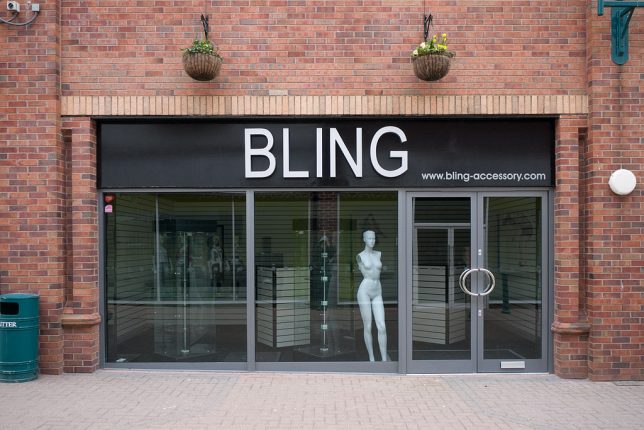

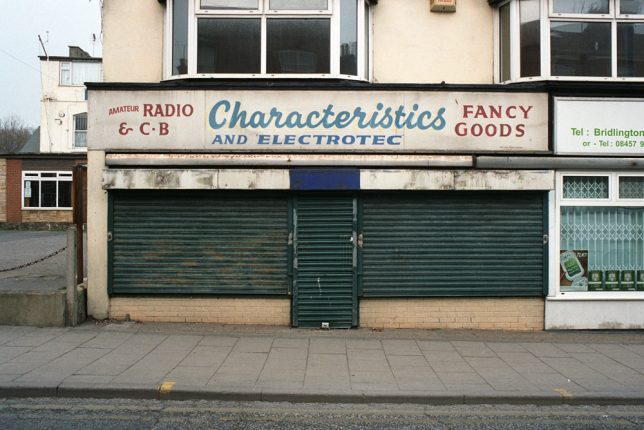
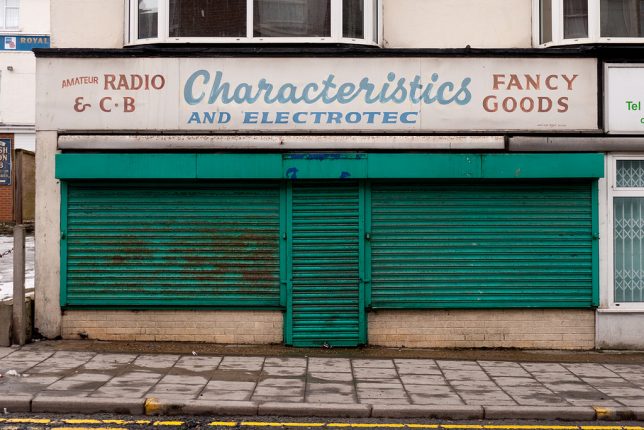

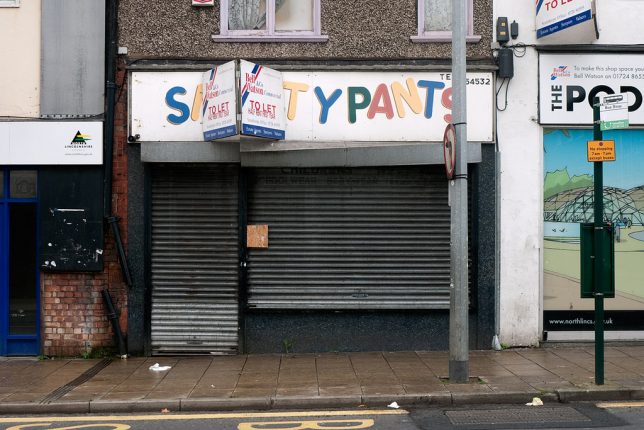




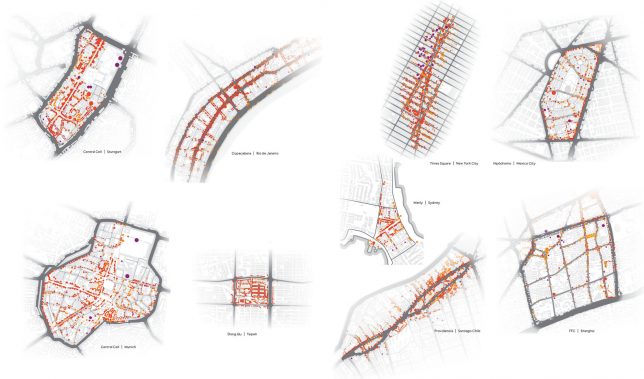
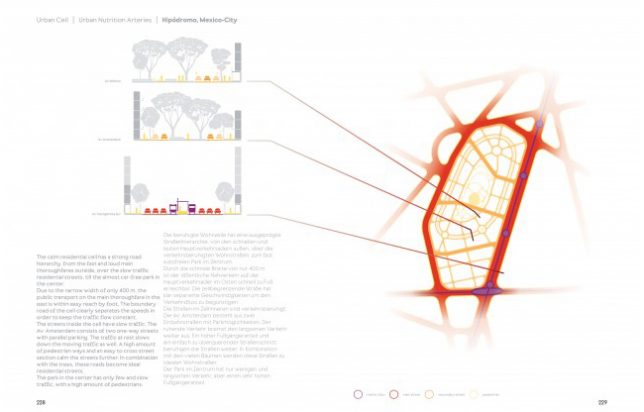
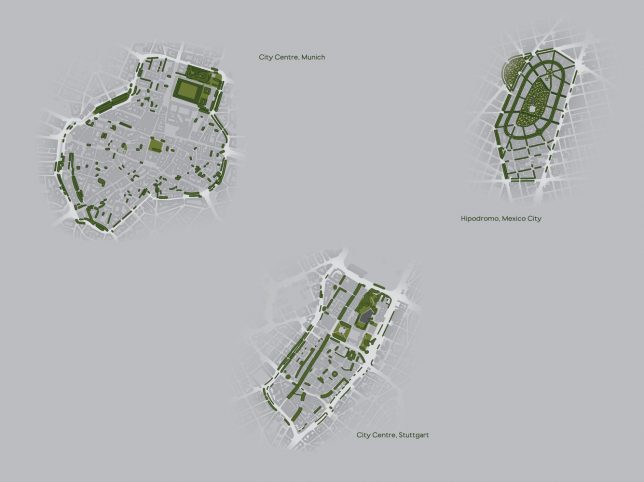
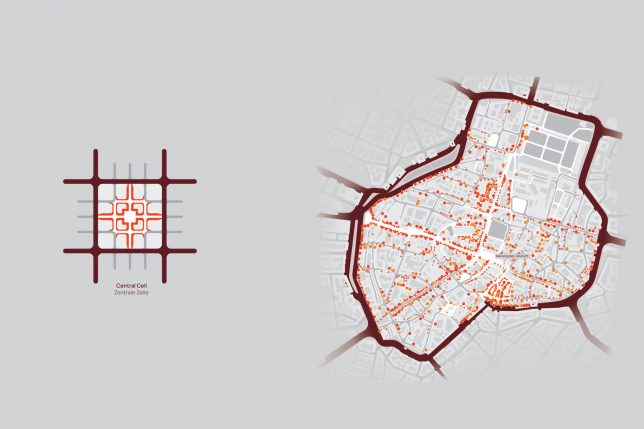
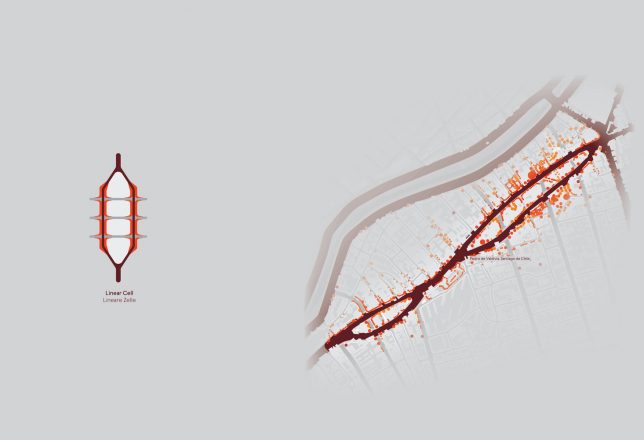


















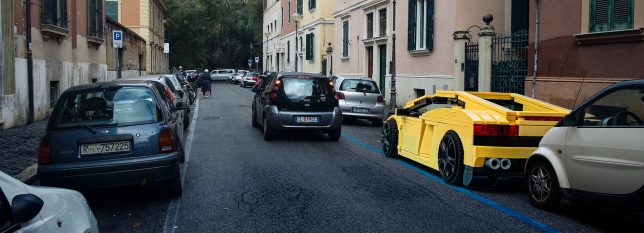
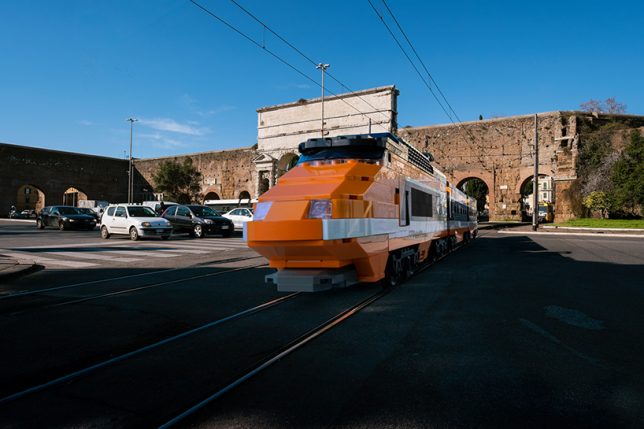
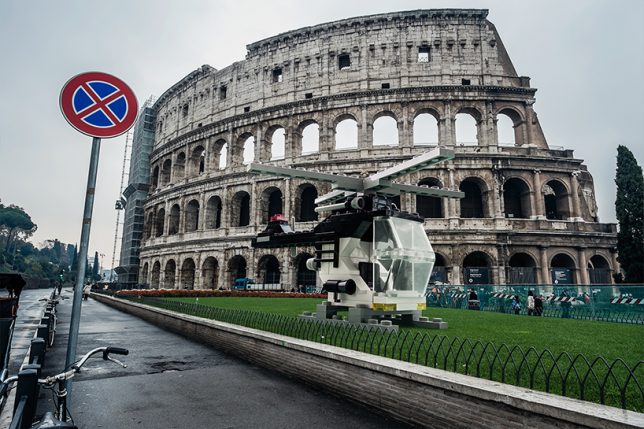
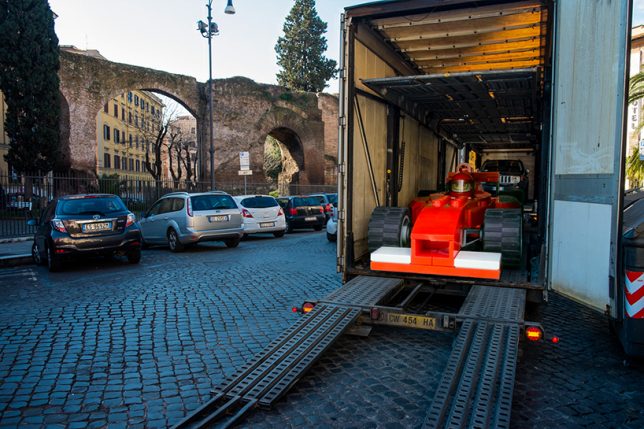

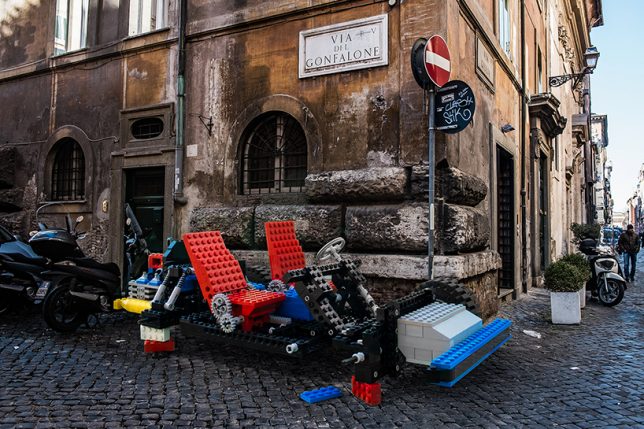
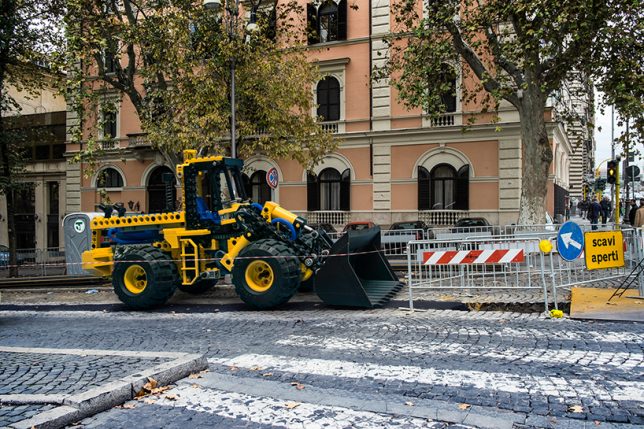
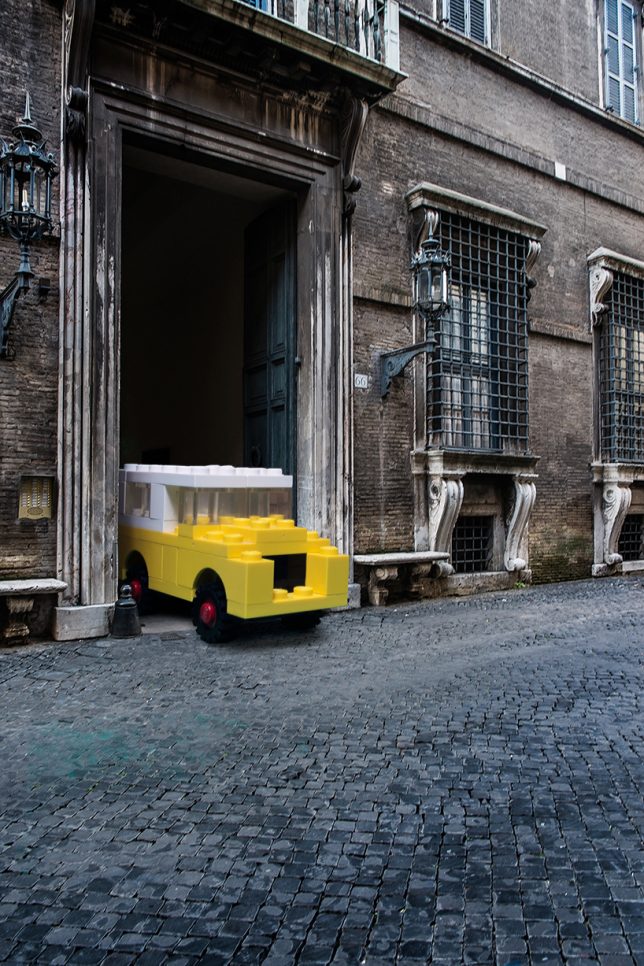
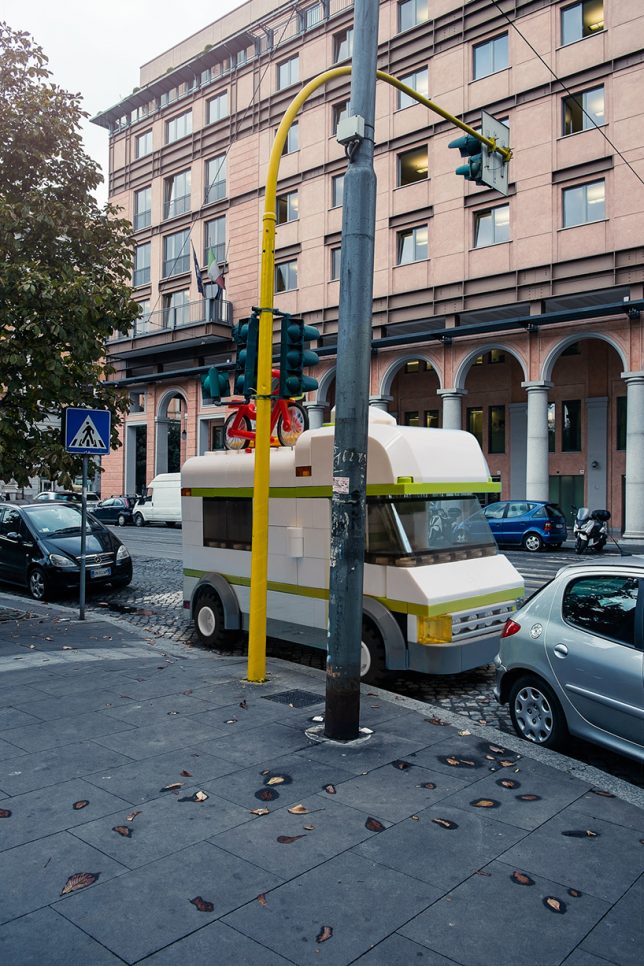
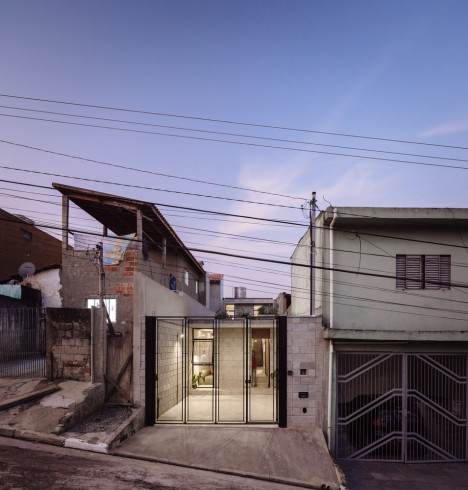
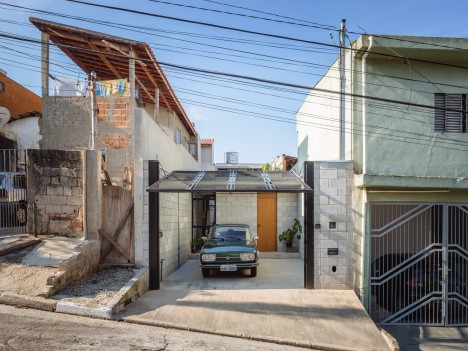
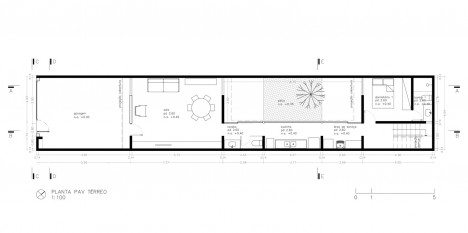
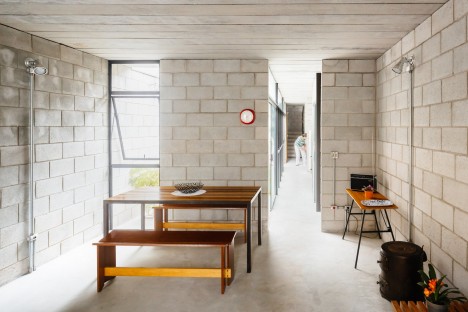
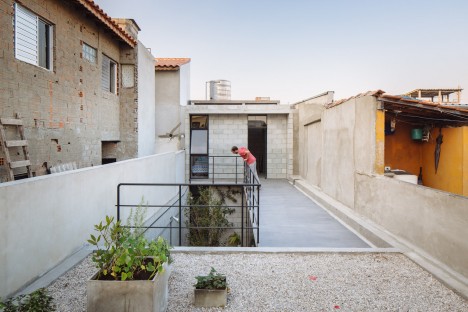


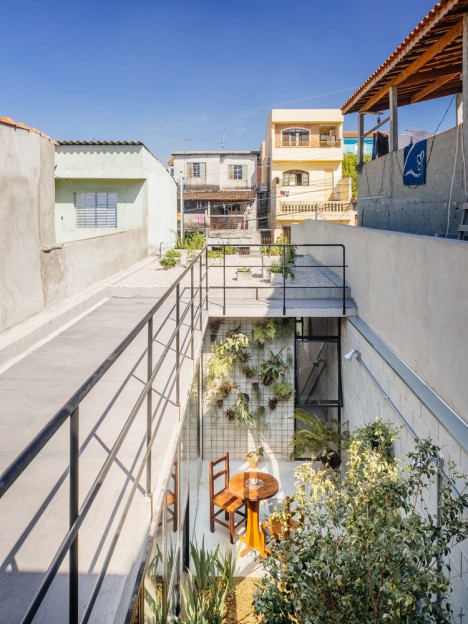
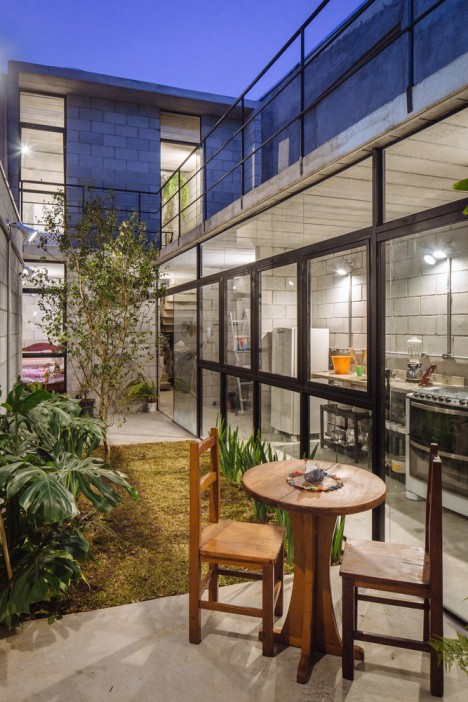

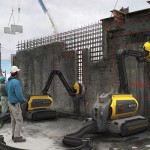
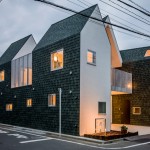




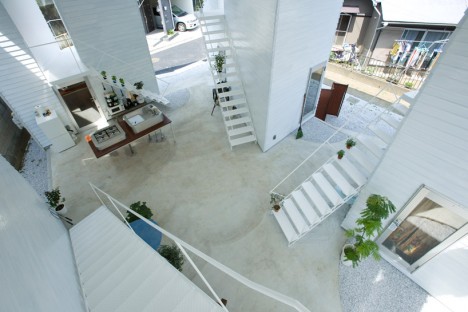
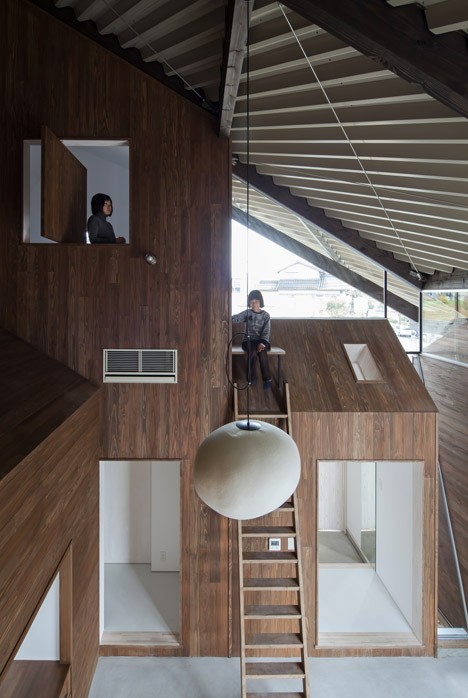
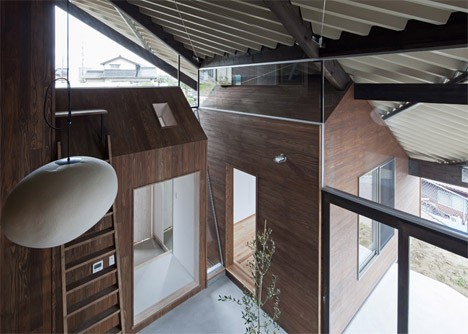
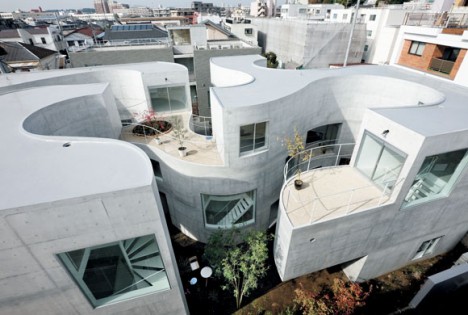
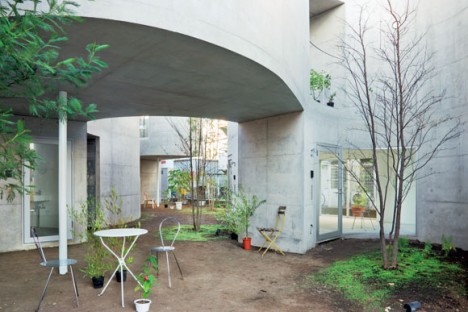
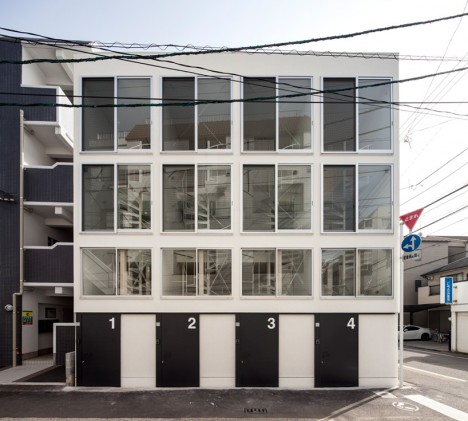
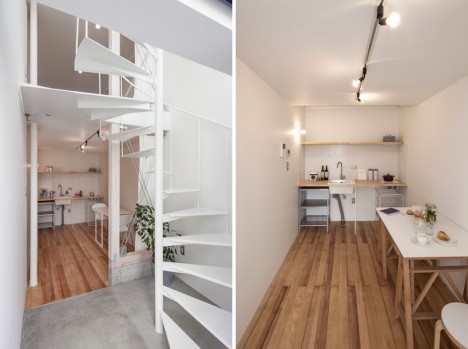
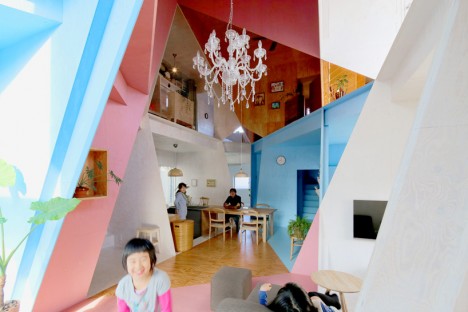
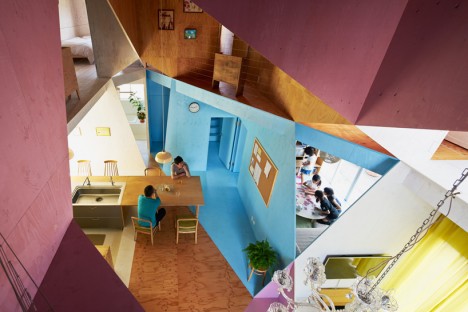

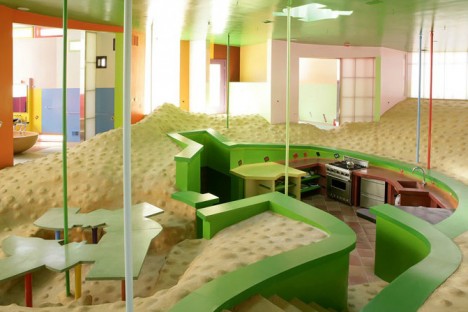


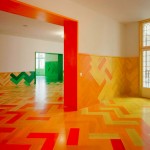
You must be logged in to post a comment.